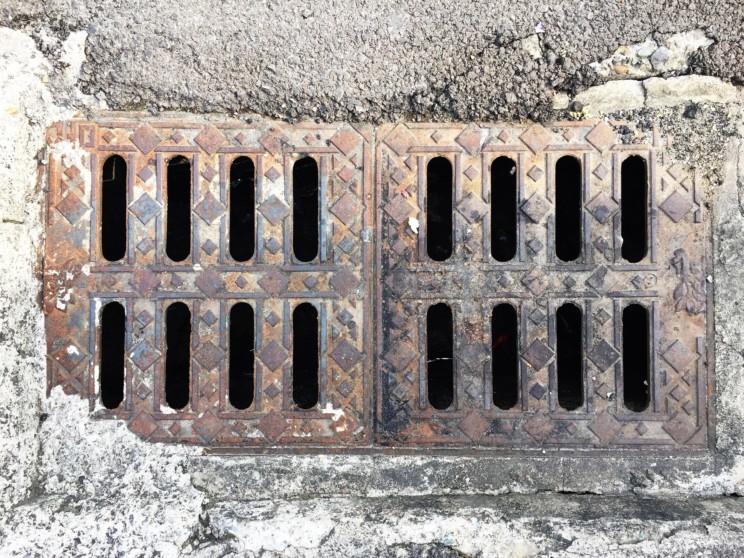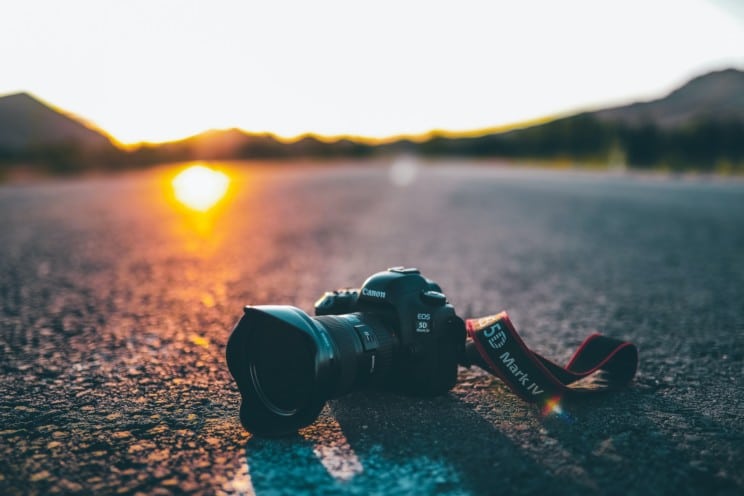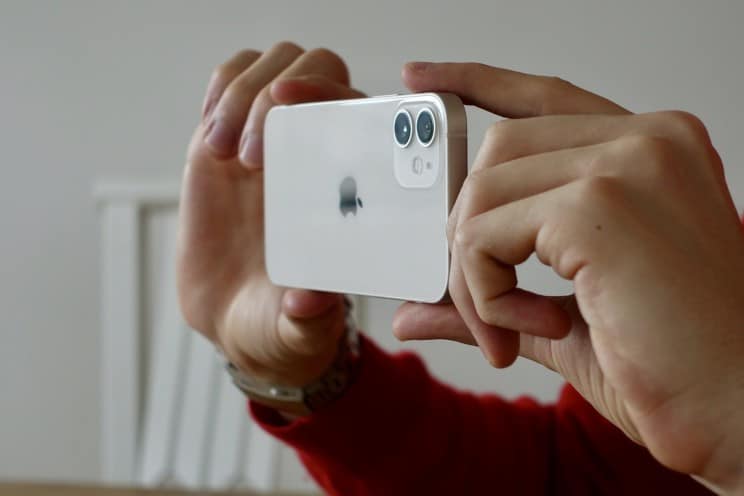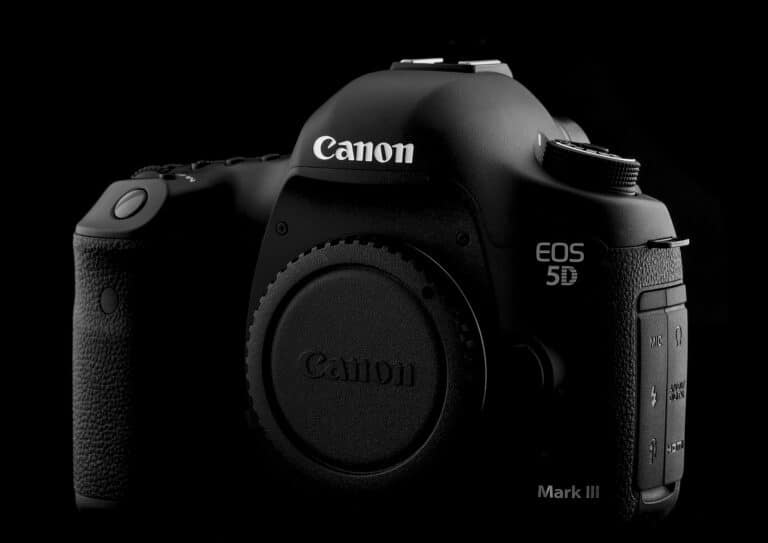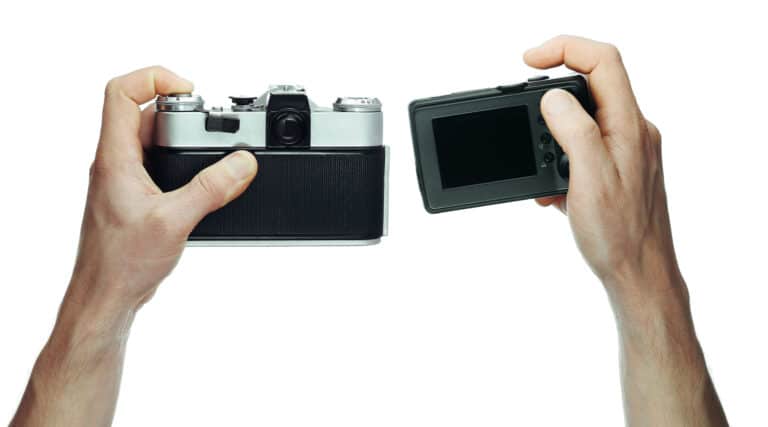Is The Fuji X-E1 Still Worth It? (SPOILER: Yes!)
In this day and age, it seems like camera manufacturers break new records and set new standards every quarter, if not every month. Meanwhile, the preowned market has some real gems on offer.
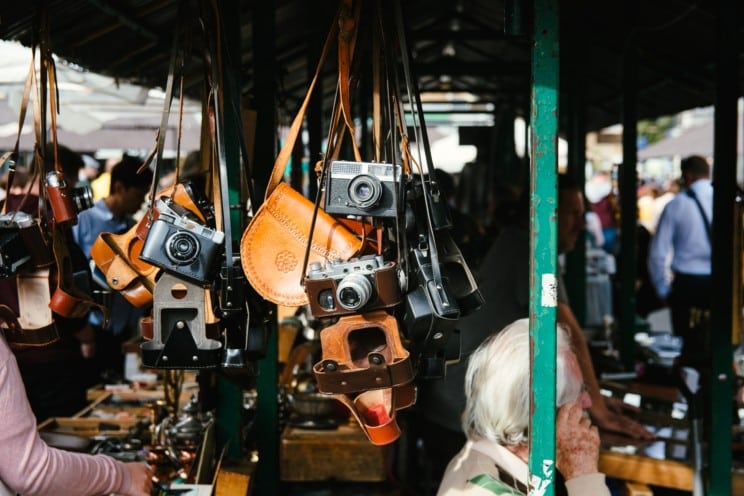
The biggest challenge in picking out a new one amongst all of the available mirrorless cameras today is choosing just one. In this article, we’ll explore is the Fuji X-E1 still worth it in 2021.
The X-E1, also known as Sexy One in Japan, is nearly a decade old and is easy to dismiss as antiquated and irrelevant.
But not so fast. Let’s have a look at why it might be the ideal daily beater or travel camera, even despite its shortcomings.
What’s so special about the X-E1 that has earned it somewhat of a cult status in the photography community? Here’s what.
What Makes the X-E1 Unique?
Although the X-E1 is an older Fujifilm camera from late 2012, it has several peculiarities that make it pretty unique in its own right.
The X-Trans sensor produces unique colors that are impossible to get on a Fujifilm X Pro I or even X-H1.
Also, it has some great film simulations like Pro Neg and Velvia. While those are also available on newer Fuji modes, their character is entirely unique on the X-E1.
Colors aside, the X-E1 has a rather minimalist styling with analog top-facing dials that make it super tactile. The exposure compensation dial comes in handy in video and photo mode alike.
Something about this compact camera gently prompts me to slow down and be present. The X-E1 requires and simultaneously teaches patience and yet manages to reward it in spades.
Top 7 Reasons to Buy an X-E1
It’s cheap as chips. A preowned X-E1 will run you a couple of hundred bucks at most (even with a Fuji lens) – but it can deliver photographic joy and marvelous images on par with X-T1 all day long.
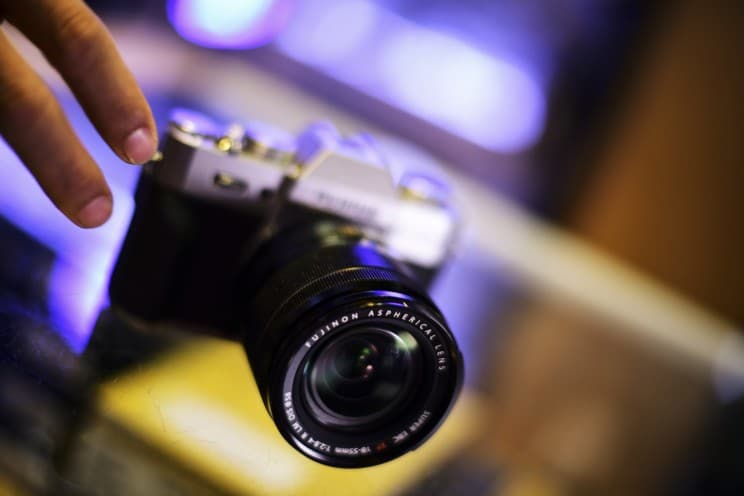
The X-E1 is gorgeous. There is a certain vintage vibe about the camera’s aesthetic. It’s charming, somewhat nostalgic, and utterly timeless looking. No matter if you go for the black or silver version.
It’s small and lightweight. That’s why the X-E1 makes for a stellar candidate for travel and street photography alike. It works great as a daily shooter or extra backup camera, too.
It makes the shooting process more engaging. Let’s be honest, while it’s great to have an ultra-fast, modern DSLR or mirrorless, performance is not everything.
In fact, it can end up feeling somewhat detached as a camera operator.
Being intimately connected with the process makes every photographic experience more involving, meaningful, and memorable. It allows the photographer to be more process-oriented vs. result-oriented.
The X-E1 can handle decent video. Even though there is no raw video mode, it can produce excellent-looking 1080 footage. The autofocus from this digital camera is relatively slow but precise.
On a positive note, the files don’t take up much space. There is even a mic input on the side of the body.
What I Love about the Fuji X-E1
While the XE I is by no means perfect, it checks off many of my boxes. Whenever I go for a city trip or a walk in the woods, the X-E1 usually comes along.

The overall bulk is still nowhere near my DSLR, including extra batteries, field recorder, small tripod, and audio cables.
Yet, I feel like I have more than enough to document, express, and create – anywhere I go.
It feels nice. There is an air of reassurance about the old-school industrial aesthetic of the camera. The metal bits convey that the Fujifilm X-E1 will live another day to tell the story.
The camera feels like it can tirelessly take my abuse and will not fall apart in my hands.
It’s like handling an ancient yet precise and dependable apparatus. There is a sense of respect and appreciation involved in every interaction.
The image quality coming out of the Fujifilm X E1 matches that of the Fujifilm X T1. This in itself is quite remarkable. I often reach for the X-E1 when going anywhere.
The filesizes are so much smaller than those generated by my DSLR.
This means taking up less space in my Adobe Creative Cloud when I load the raw files into Lightroom mobile.
What I Hate about the Fuji X-E1
To be honest, there is nothing I really hate about the X-E1. It would be like hating your best friend for being bad at dancing. Or like hating your grandma for her hearing loss.
The X-E1 has its merits and shortcomings just like anything else – but that’s precisely what makes it unique.
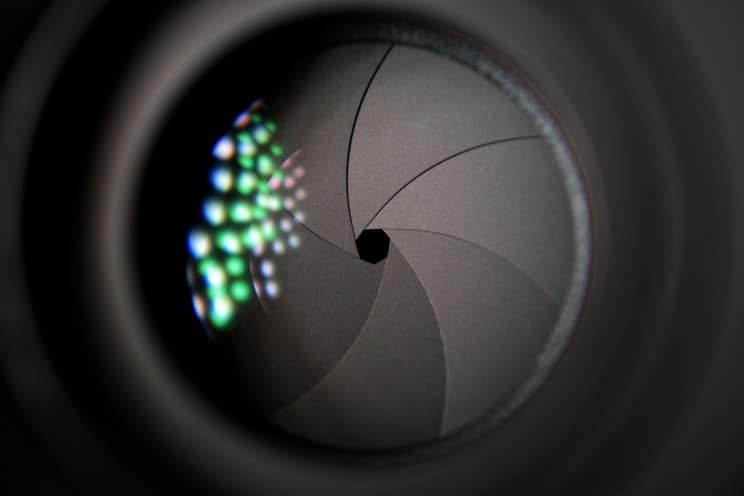
The fastest shutter speed the X-E1 can handle is 1/4000 of a second. On the extreme opposite end, there is a bulb mode that enables long exposures.
This means that you can’t get the breakneck shutter speeds you might want for particular scenes.
The LCD screen does a decent job showing the exposure and white balance, but I like the electronic viewfinder better. Would an optical viewfinder option be useful?
Sure, but if I had to choose, I’d opt for EVF any day of the week.
The lenses from Fujinon are generally excellent, including the XF 18-55mm f/2.8-4 OIS kit lens. That’s a standard focal length range. However, Fujinon glass can be pricey, especially when buying new.
Thankfully, it’s easy to adapt practically any prime lens (or zoom lens) to the X-E1 using an adaptor. This way, any interchangeable lens from the Canon FD to M39 or Sony E-mount is totally possible.
The battery life on the Fujifilm x e1 is not great. Even though I tend to use the EVF and switch off the camera when not in use, it just doesn’t last very long.
This means that any severe video work is practically impossible.
The battery and card slot are located at the bottom, not too far from the tripod mount. This can be annoying when filming.
Final Thoughts – Is the Fujifilm X-E1 Still Worth It?
It really depends. If you’re looking for a new primary camera for professional work, the X-E1 is definitely not for you.
But suppose you’re in the market for a classic-looking and feeling mirrorless camera that helps you get closer to the process and lets you dissolve in the photography experience.
In that case, the X-E1 compact camera is worth every penny.
It helps that the imaging quality is wholly unique and beautiful, too. As a nice added bonus, the X-E1 even has a built-in diopter – a feature that is missing on the much more expensive Fujifilm X Pro 1.
If you like a tactile shooting experience coupled with timeless design and fabulous, unique visual character, go pick one up. The value is hard to beat.

